DISCOVER THE WILD
Beauty of
Katarniaghat Wildlife Sanctuary
Where Nature Thrives!
Welcome to
Katarniaghat Wildlife Sanctuary Tour
Katarniaghat is celebrated for its rich and diverse flora and fauna. Katarniaghat Wildlife Sanctuary is home to a wide variety of wildlife, including Bengal tigers, Indian elephants, leopards, sloth bears, Indian rhinoceros, and various species of deer such as spotted deer, sambar, and hog deer. The Saryu River, flowing through the sanctuary, supports diverse aquatic life, including the endangered Gangetic dolphin.
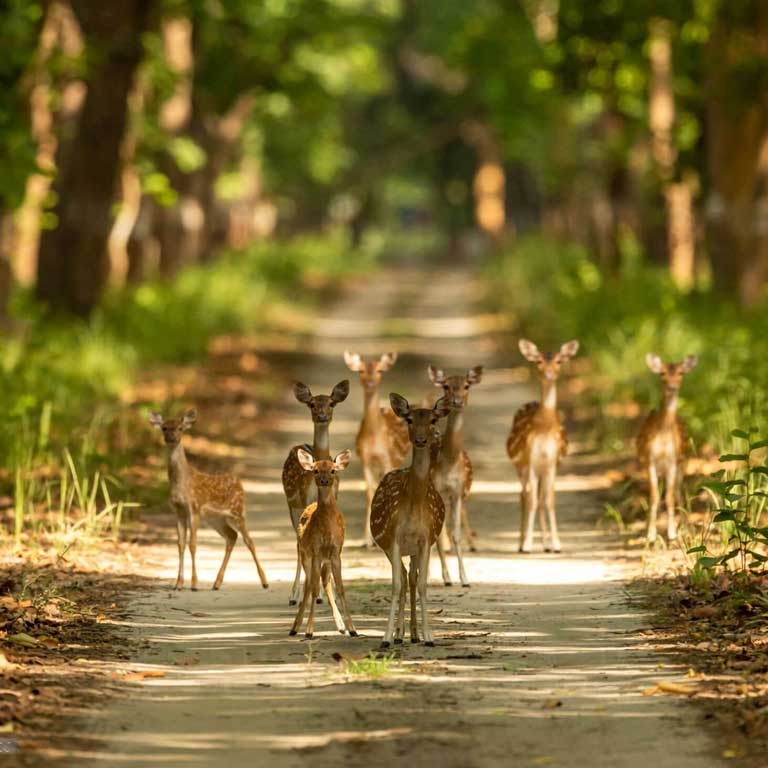
Top Things to Do in Katarniaghat Wildlife Sanctuary
Katarniaghat Wildlife Sanctuary, nestled in the Terai region of northern India, offers a range of exciting and immersive activities for nature enthusiasts and wildlife lovers. Here are some of the top things to do when visiting Katarniaghat.
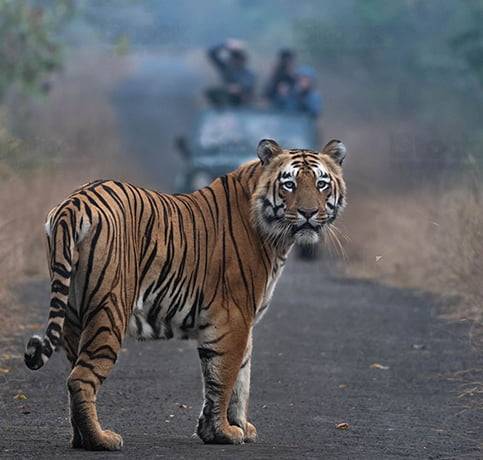
Wildlife Safari
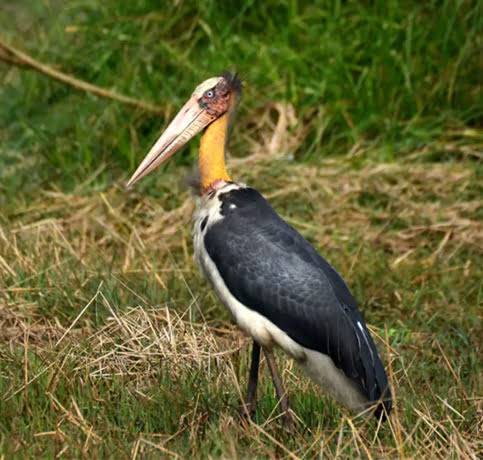
Bird Watching
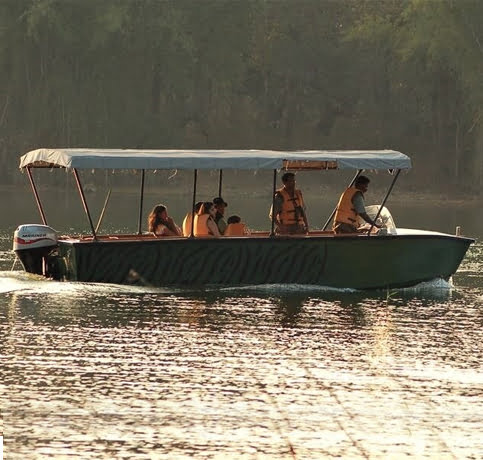
Boat Safari
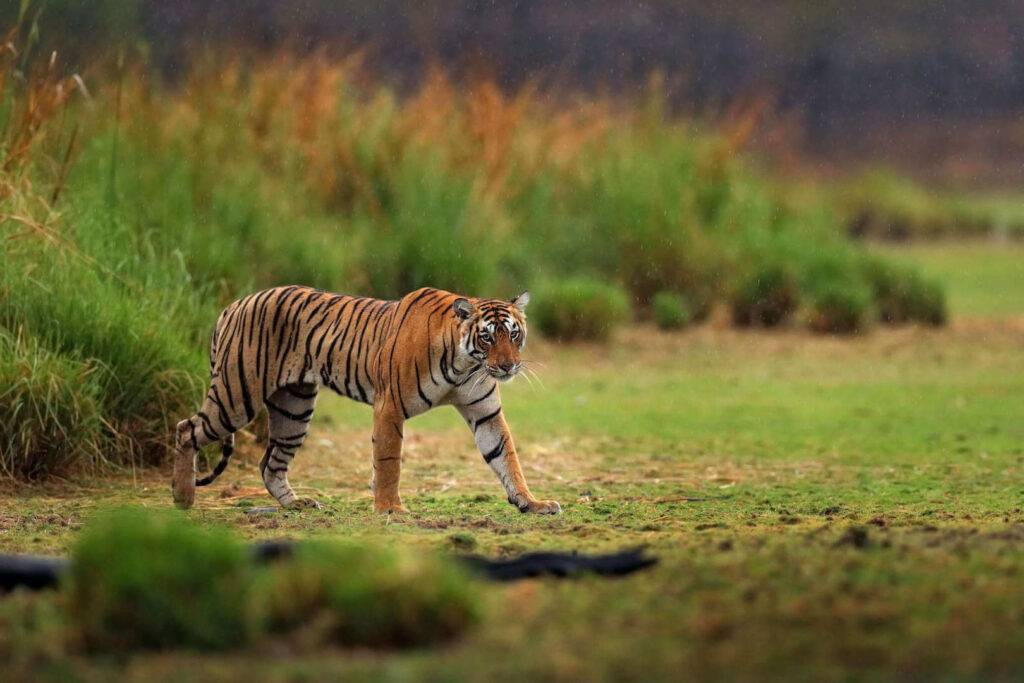
Why Choose Us
If you're considering a safari in Katarniaghat Wildlife Sanctuary, it's essential to choose a reputable and responsible tour operator or service provider.
- Experienced Safari and Stay Service provider
- Safari Planners with Deep Local Knowledge
- Top-Quality Safari Vehicles
- Skilled Local Safari Guides
- Team Fully Vaccinated
IInformation you need
Best Time to Visit Katarniaghat Wildlife Sanctuary
The park welcomes visitors from November to June, when wildlife sightings are at their peak and the weather is pleasant. Please note that Katarniaghat remains closed during the monsoon season (July to October) due to heavy rainfall and animal breeding.
Katarniaghat Safari Timings
Morning Safari: The morning safari usually starts around sunrise, offering the best chances to spot wildlife during their active hours. Timings may vary slightly based on seasonal changes.
- Winter : (15th November to 31st March) 6.30 am to 8.30 am
Summer : (1st April to 15th June) 6.00 am to 8.00 am
Afternoon Safari: The afternoon safari typically begins in the early afternoon and extends until sunset. This session also provides an excellent opportunity to observe the behavior of animals as they prepare for the night.
- Winter : (15th November to 31st March) 2.30 pm to Sunset
Summer : (1st April to 15th June) 3.30 pm to Sunset

Tips for a Memorable Safari
Book in Advance: Safaris at Katarniaghat Wildlife Sanctuary can be in high demand, so it’s advisable to book your safari slots well in advance to secure your spot.
Follow Guidelines: Always follow the guidelines provided by the park authorities. Responsible and ethical behavior ensures the well-being of both wildlife and visitors.
Bring Essential Gear: Pack essentials such as binoculars, cameras, hats, sunscreen, insect repellent, and comfortable clothing and footwear.
Respect Wildlife: Maintain a safe and respectful distance from the animals. Remember, you’re a guest in their home.
Silence and Patience: Silence and patience are your allies. Animals are more likely to reveal themselves when the surroundings are calm.
Environmental Responsibility: Carry back all your waste, and avoid disturbing the environment. Leave only footprints, take only memories.
About Katarniaghat Wildlife Sanctuary Tour
Katarniaghat Wildlife Sanctuary, located in the northern Indian state of Uttar Pradesh, is a pristine and ecologically significant protected area nestled along the banks of the Ghaghara River. Covering an area of approximately 400 square kilometers, this sanctuary is a vital part of the Terai region, which extends from the foothills of the Himalayas to the Indo-Gangetic plains. Established in 1975, Katarniaghat Wildlife Sanctuary was later declared a Tiger Reserve in 2008.
Highlights - Katarniaghat Wildlife Sanctuary
Biodiversity: Katarniaghat is celebrated for its rich and diverse flora and fauna. The sanctuary is home to a wide variety of wildlife, including Bengal tigers, Indian elephants, leopards, sloth bears, Indian rhinoceros, and various species of deer such as spotted deer, sambar, and hog deer. The Ghaghara River, flowing through the sanctuary, supports diverse aquatic life, including the endangered Gangetic dolphin.
Birdlife: The sanctuary is a haven for bird enthusiasts, with over 350 species of avian life recorded here. Migratory birds visit the sanctuary during the winter months, making it a great spot for birdwatching. Some notable bird species found here include the Indian skimmer, osprey, great hornbill, and several species of kingfishers.
Flora: The lush tropical forests of Katarniaghat are primarily comprised of dense sal forests, mixed with teak, jamun, and other deciduous trees. The sanctuary is also home to numerous medicinal plants, adding to its ecological significance.
Conservation Efforts: Katarniaghat Wildlife Sanctuary plays a crucial role in the conservation of various endangered and vulnerable species, particularly the Bengal tiger and Indian rhinoceros. The Tiger Reserve status provides additional protection and resources for the preservation of these majestic animals.
Eco-Tourism: The sanctuary offers eco-tourism opportunities, including guided wildlife safaris, nature walks, and boat rides on the Saryu River. These activities provide visitors with a chance to experience the natural beauty and biodiversity of the region while promoting conservation efforts.
Conservation Challenges: Despite its protected status, Katarniaghat faces several conservation challenges, including habitat fragmentation due to infrastructure development, poaching, and human-wildlife conflicts. Conservationists and the local authorities work together to address these issues and ensure the long-term survival of the sanctuary’s wildlife.
Buffer Zones: The sanctuary is surrounded by buffer zones that are crucial for maintaining wildlife corridors and minimizing human-wildlife conflicts. Efforts are ongoing to engage local communities in conservation activities and sustainable livelihoods.
Top Things To Do When Visiting Katarniaghat
Katarniaghat Wildlife Sanctuary, nestled in the Terai region of northern India, offers a range of exciting and immersive activities for nature enthusiasts and wildlife lovers. Here are some of the top things to do when visiting Katarniaghat:
Wildlife Safari: Embark on a thrilling wildlife safari to explore the sanctuary's diverse fauna. Guided jeep safaris provide the opportunity to spot Bengal tigers, Indian rhinoceros, elephants, leopards, and various deer species. The early morning and late afternoon safaris offer the best chances of wildlife sightings.
Birdwatching: Katarniaghat is a birdwatcher's paradise, with over 350 species of birds. Bring your binoculars and camera to spot migratory and resident avian species. The wetlands along the Saryu River are excellent locations for birdwatching.
River Safari: Enjoy a serene boat ride along the Saryu River, which offers a unique perspective of the sanctuary's wildlife. You might spot crocodiles, gangetic dolphins, and numerous bird species while gliding on the calm waters.
Nature Walks: Take guided nature walks within the sanctuary to explore its rich flora, including a variety of trees, shrubs, and medicinal plants. Learn about the importance of conservation and local plant species.
Visit the Frog Temple: Katarniaghat is also known for the unusual and unique Frog Temple, dedicated to the Hindu deity Lord Shiva. This temple is not only a religious site but also a fascinating cultural attraction.
Butterfly Watching: The sanctuary is home to a multitude of butterfly species. Spend time observing and photographing these colorful insects in their natural habitat.
Educational Programs: Enquire about educational programs and workshops offered by the sanctuary's visitor center. These programs can provide valuable insights into wildlife conservation and local ecosystems.
Photography: Whether you're a professional photographer or an amateur, Katarniaghat's stunning landscapes and diverse wildlife offer plenty of photographic opportunities. Capture the beauty of nature and its inhabitants.
Stay in Eco-Lodges: Consider staying in eco-friendly lodges and resorts within the sanctuary or its vicinity for a more immersive experience. These accommodations often offer guided tours and activities that support conservation efforts.
Community Interaction: Engage with local communities in the buffer zones of the sanctuary to learn about their way of life and how they coexist with wildlife. This can provide a deeper understanding of the challenges and successes in wildlife conservation.
Remember that while enjoying these activities, it's crucial to respect the rules and regulations of the sanctuary, such as maintaining a safe distance from wildlife and following ethical wildlife viewing practices. Katarniaghat Wildlife Sanctuary is a place where nature thrives, and by partaking in these activities responsibly, you contribute to its preservation and the conservation of its remarkable biodiversity.
Popular Attractions To Visit Nearby
-
Dudhwa National Park
Dudhwa National Park is situated in Uttar Pradesh, India & home to Indian rhinoceros, leopards, swamp deer, and various antelope species.

-
Kishanpur Wildlife Sanctuary
Kishanpur Wildlife Sanctuary is part of Dudhwa National Park. Kishanpur zone is famous for its tiger, leopard, and deer species. Must visit this zone.
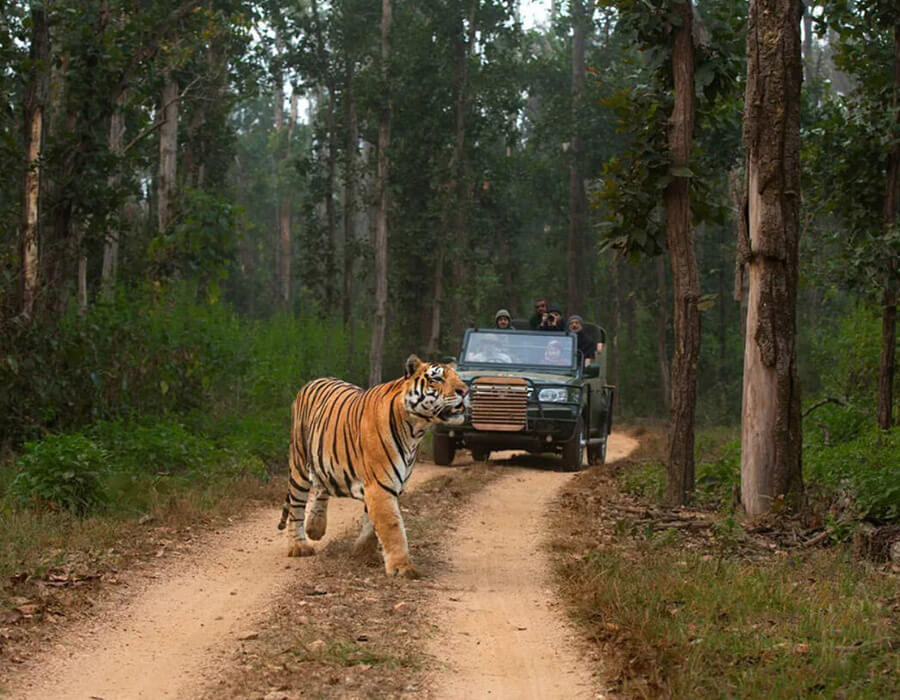
-
Pilibhit Tiger Reserve
Pilibhit Tiger Reserve is in Uttar Pradesh of Northern India. It is renowned for its exceptional biodiversity and the preservation of the majestic Bengal tiger.



